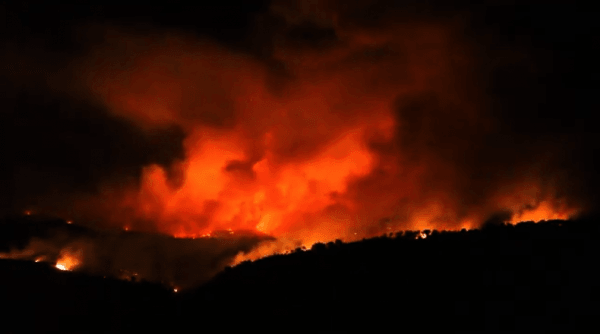Catastrophic fires in the West are burning hotter than ever, leaving paths of destruction through both human development and native plant ecosystems.
These charred landscapes, barren of natural plant growth, become a vacuum for the growth of invasive species like cheatgrass which, unlike more fire-resistant native plants, fuel fires and help them spread faster and burn hotter. If left unchecked, the process becomes a dangerous cycle of flames.
“If we don’t get native plants back on the landscapes, we’re going to have more and more fires and those fires are going to be increasingly destructive,” said Matt Madsen, BYU professor of plant and wildlife sciences. “When we look at our landscapes and how much has been burned, a lot of times we don’t even have enough seed to go around and there’s also a lack of performance of the seed that does get planted. It’s a really big challenge.”
Using seed enhancement technology never before used in rangeland restoration, Madsen and his students are leading an effort to reseed fire-scorched landscapes across the Great Basin with native plants. This technology includes seed coatings traditionally used in commercial farming (for food products) and other treatments that are specifically formulated for rangeland seeds.
Continue reading at Brigham Young University.
Image via Brian Wilcox, Julie Walker.


